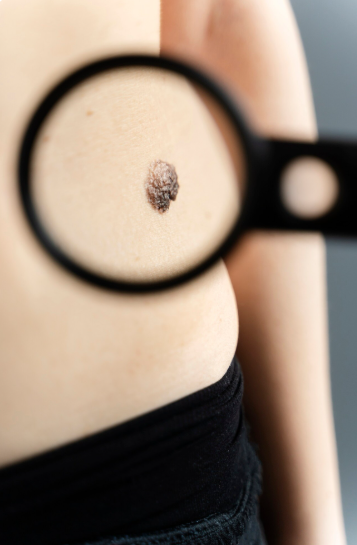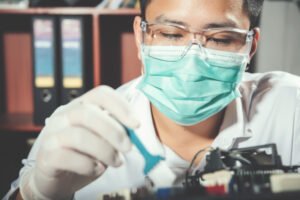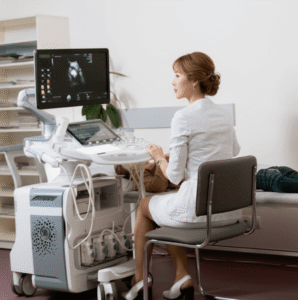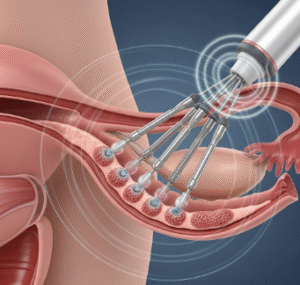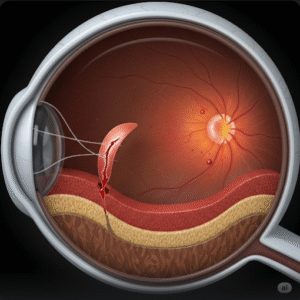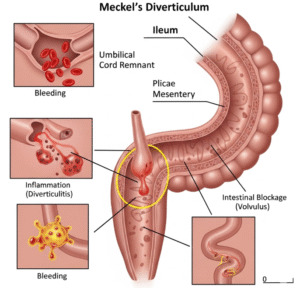Overview
Mastocytosis is a rare disorder characterized by abnormal accumulation of mast cells in the skin and/or internal organs. In South Korea, cases are uncommon but increasingly recognized due to improved dermatology and hematology diagnostics. Early detection and management at centers like Samsung Medical Center, Asan Medical Center, and Seoul National University Hospital help control symptoms and prevent serious complications.
What is Mastocytosis?
Mastocytosis involves excessive mast cells, which release histamine and other chemicals that cause allergic-type reactions. It can be classified as:
- Cutaneous mastocytosis: primarily affects the skin, common in children
- Systemic mastocytosis: involves internal organs (bone marrow, liver, spleen, gastrointestinal tract) and can occur in adults
Symptoms vary depending on the type and organs involved, and the disease can range from mild to life-threatening.
Symptoms
- Skin lesions: brown or reddish macules, papules, or nodules
- Flushing or sudden reddening of the skin
- Itching and hives
- Abdominal pain, diarrhea, or nausea
- Bone pain or osteoporosis in systemic disease
- Anaphylaxis or severe allergic reactions in some patients
- Fatigue, weight loss, or organomegaly in advanced systemic forms
Causes
- Somatic mutations in the KIT gene, particularly D816V mutation, leading to uncontrolled mast cell proliferation
- Rarely familial or inherited forms of mastocytosis
- Exact triggers for symptom flares include physical stimuli, medications, insect stings, or stress
Risk Factors
- Age: children often present with cutaneous mastocytosis; adults more likely to develop systemic forms
- Genetic predisposition in rare familial cases
- History of severe allergic reactions or anaphylaxis
- Certain medications (e.g., NSAIDs, opioids) may exacerbate symptoms
Complications
- Severe allergic reactions and anaphylaxis
- Osteoporosis or fractures in systemic disease
- Gastrointestinal bleeding or liver involvement in advanced systemic mastocytosis
- Fatigue and impaired quality of life due to chronic symptoms
- Rarely, transformation to mast cell leukemia
Prevention
- Avoid known triggers such as certain medications, alcohol, extreme temperature changes, and insect stings
- Carry emergency epinephrine if prone to severe allergic reactions
- Regular follow-up for children with cutaneous mastocytosis to monitor resolution or progression
- Education on early recognition of anaphylaxis
Treatment Options in Korea
Management of mastocytosis in Korea is multidisciplinary, involving dermatology, hematology, allergology, and gastroenterology.
- Diagnosis
- Skin biopsy for cutaneous lesions
- Bone marrow biopsy for systemic disease
- Blood tests: serum tryptase, complete blood count, liver function tests
- Genetic testing for KIT mutations
- Medical Management
- Antihistamines to control itching, flushing, and gastrointestinal symptoms
- Mast cell stabilizers (e.g., cromolyn sodium) for GI symptoms
- Proton pump inhibitors for stomach acid–related symptoms
- Epinephrine for emergency management of anaphylaxis
- Cytoreductive therapy (e.g., midostaurin) in aggressive systemic cases
- Surgical & Supportive Care
- Rarely, removal of localized lesions for cosmetic or symptomatic reasons
- Bone density monitoring and treatment for osteoporosis
- Nutritional support and symptom-targeted therapies
- Hospitals & Specialized Care in Korea
- Samsung Medical Center (SMC): Advanced hematology and allergy management
- Seoul National University Hospital (SNUH): Multidisciplinary approach for systemic and cutaneous mastocytosis
- Asan Medical Center (AMC): Specialized care with genetic testing and targeted therapies
- Regional hospitals provide follow-up care, allergy management, and patient education
- Follow-Up Care
- Regular monitoring of symptoms and organ involvement
- Repeat blood tests and imaging for systemic disease
- Patient education on trigger avoidance and emergency preparedness

